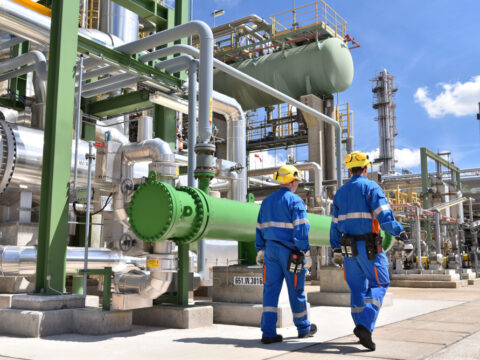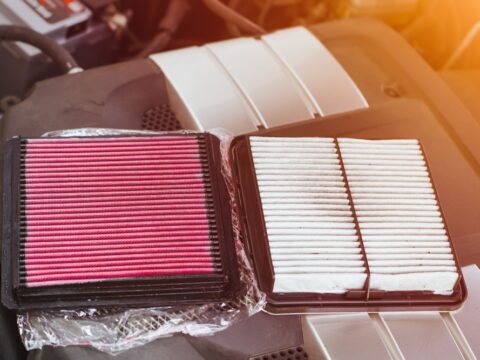Customizing a car for better performance is about transforming a vehicle into a driving machine that aligns perfectly with your style and needs. Whether it’s boosting acceleration, improving handling, or increasing efficiency, the right modifications can elevate your car’s capabilities. From upgrading the engine to fine-tuning aerodynamics, performance enhancements involve a blend of precision engineering and personal preference. Knowing where to make the most impactful changes allows drivers to unlock their car’s full potential, creating a more powerful and responsive vehicle.
Each modification contributes to a more dynamic driving experience, whether you’re aiming for track-ready speed or improved everyday performance. Engine upgrades, suspension tuning, and optimized braking systems are just a few of the changes that can dramatically improve how your car feels on the road. With the right combination of adjustments, you can enjoy a vehicle that not only performs better but also delivers a tailored driving experience, making every mile more exciting and efficient.
Contents
Upgrading the Engine
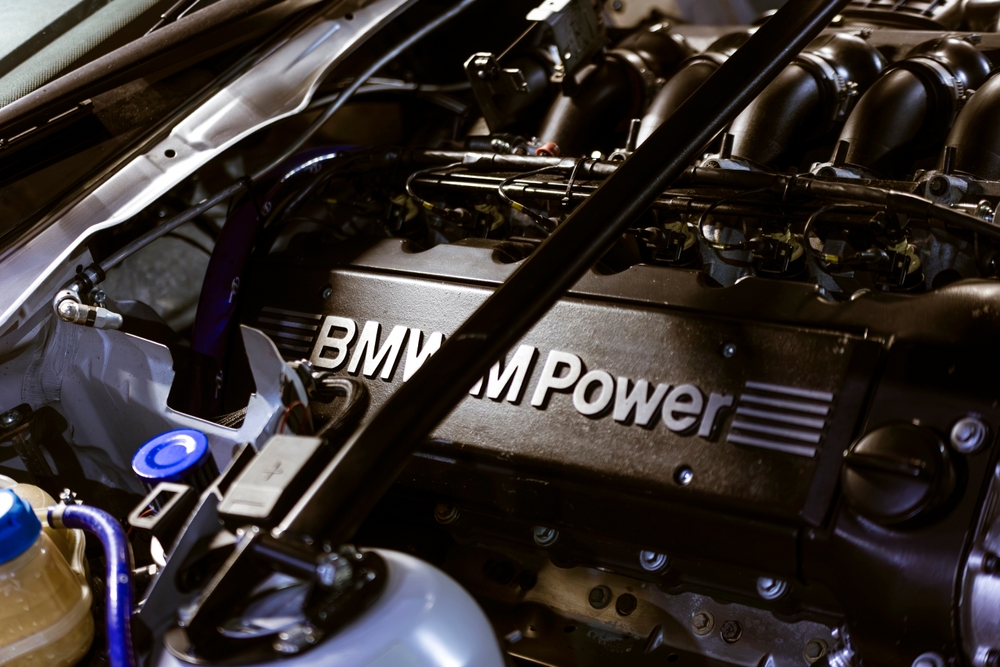
Upgrading the engine is one of the most transformative changes you can make to a vehicle’s performance. It involves increasing engine displacement, installing performance parts like high-flow air intakes, and utilizing better fuel injectors. A more powerful engine enhances horsepower and torque, allowing for faster acceleration and higher top speeds. By optimizing combustion efficiency, you can also improve fuel economy when driving conservatively. Engine upgrades let you push your vehicle to its limits while maintaining better control, giving you a more exhilarating driving experience tailored to performance.
Aerodynamic Modifications
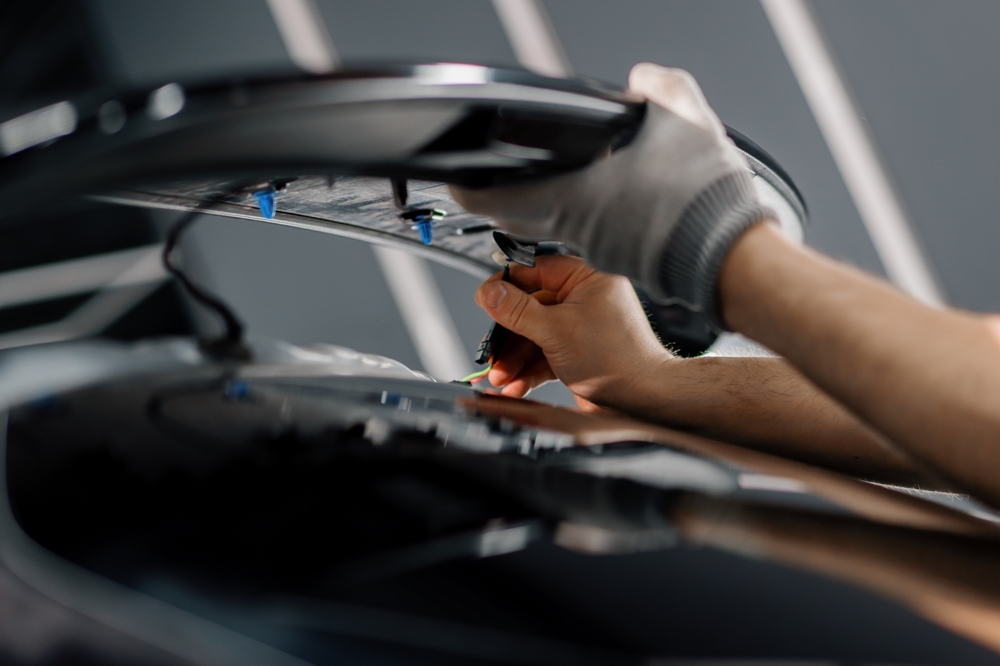
Modifying your car’s aerodynamics can greatly enhance its stability and speed, especially at higher velocities. Installing spoilers, splitters, and diffusers helps manage airflow, reducing drag and increasing downforce. This keeps the car planted on the road, particularly during sharp turns or at high speeds. Reducing drag also improves fuel efficiency by allowing the engine to work less hard to maintain the same speed. These modifications make your vehicle feel more responsive and stable, translating into better control and performance on both the track and the road.
Suspension Tuning
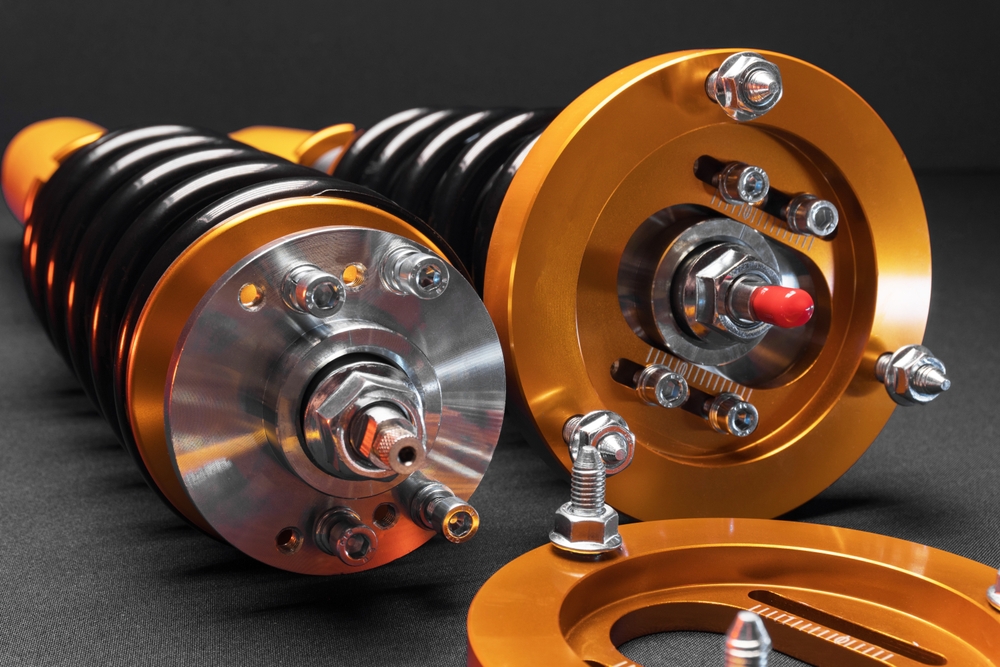
Tuning the suspension system involves adjusting components like springs, dampers, and anti-roll bars to optimize handling and comfort. Lowering the car’s ride height reduces body roll during cornering, improving stability and grip. Upgrading to performance shocks and struts also allows for better weight transfer, enhancing both acceleration and braking performance. A finely tuned suspension not only makes your car more responsive but also provides a more comfortable ride, whether you’re cruising on the highway or taking on twisty backroads.
Installing Turbochargers
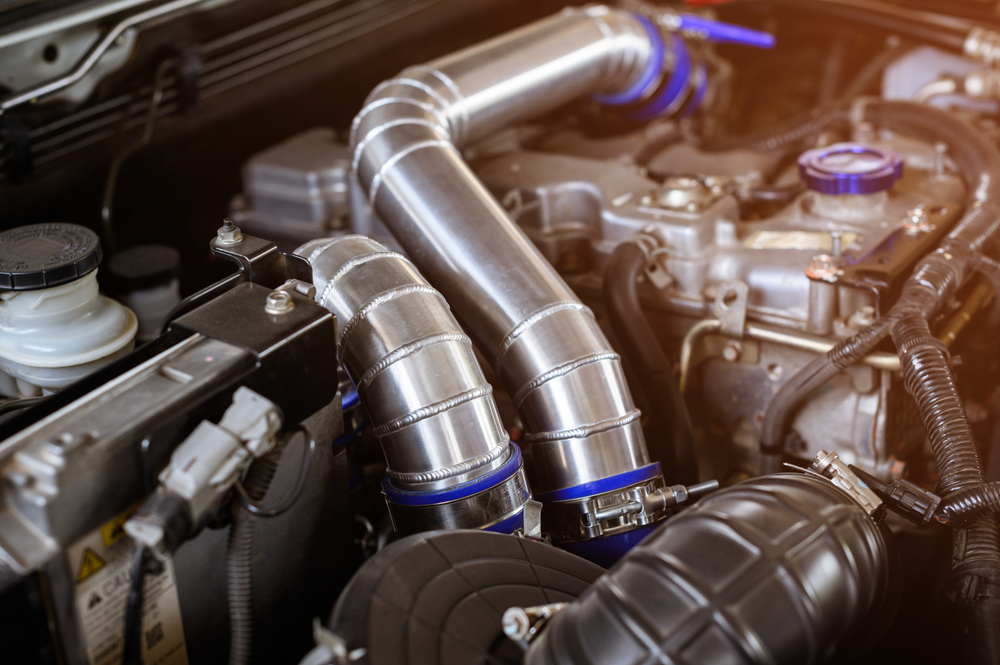
Installing a turbocharger is one of the most popular ways to significantly boost engine power without needing a larger engine. A turbocharger forces more air into the combustion chamber, allowing more fuel to be burned and producing a greater explosion in each cycle. This results in a substantial increase in horsepower and torque. The extra power from a turbocharger gives you quicker acceleration and more pulling power, which is ideal for performance driving or towing heavy loads. Turbocharging is a cost-effective method to gain performance, while modern turbos are designed to minimize lag, giving you power when needed.
Optimizing Braking Systems
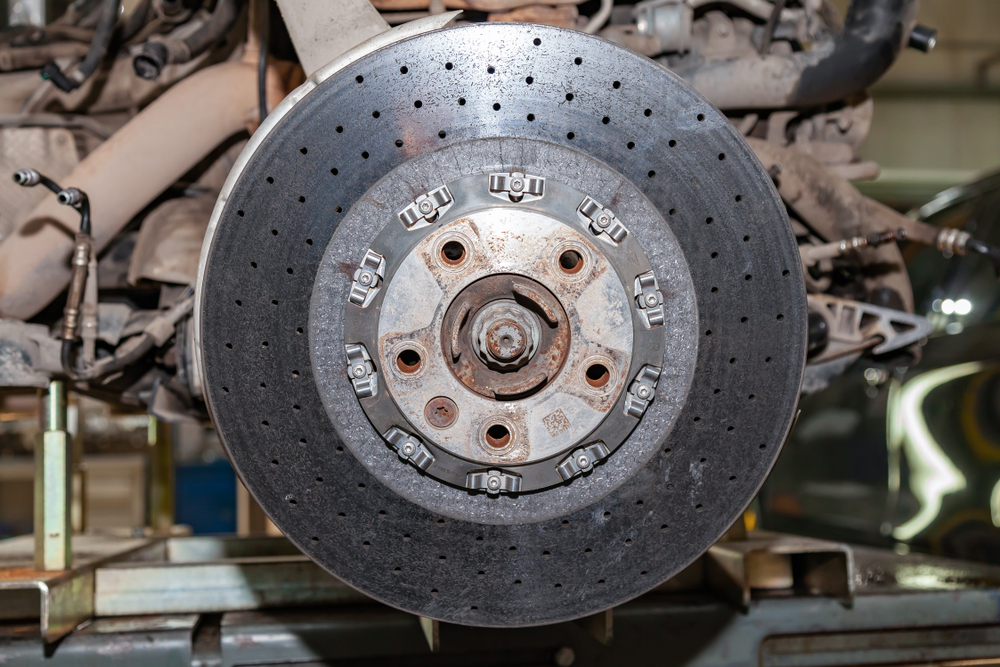
An optimized braking system is crucial for high-performance driving. Upgrading to larger brake discs, better calipers, and high-performance brake pads ensures that your car can stop more quickly and reliably under hard driving conditions. High-performance brakes also dissipate heat more efficiently, reducing the risk of brake fade during extended periods of high-speed driving or aggressive cornering. This modification increases your car’s safety and provides confidence when pushing the car’s limits, as you know the vehicle will respond quickly and precisely when you hit the brakes.
Exhaust System Upgrades
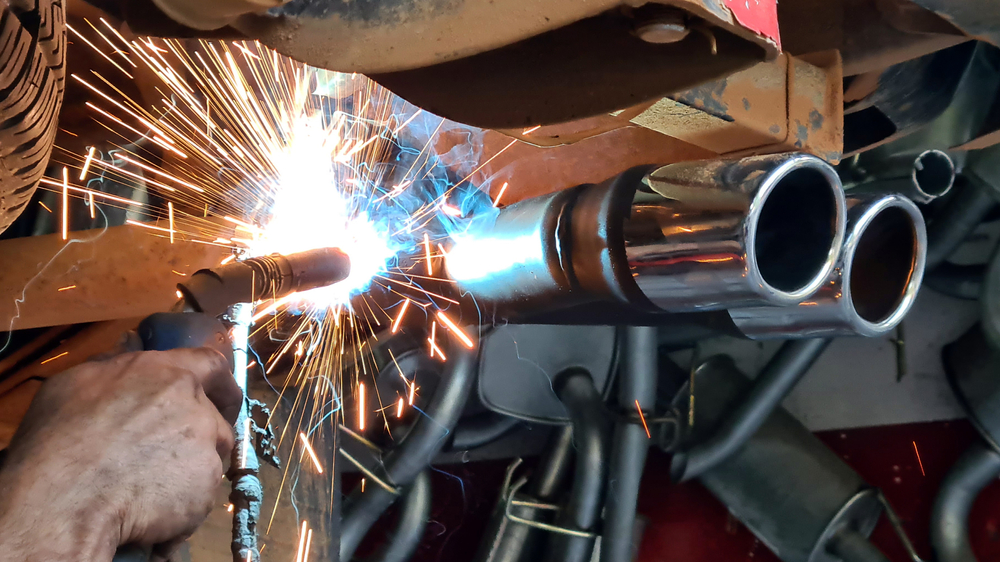
Upgrading the exhaust system can drastically improve both power and sound. A performance exhaust allows exhaust gases to exit the engine more freely, reducing backpressure and allowing the engine to “breathe” better. This improvement increases horsepower and torque and enhances throttle response. In addition, a good performance exhaust system often produces a deeper, more aggressive engine note, giving your car a sportier sound. Upgrading the exhaust not only improves engine efficiency but also adds a personal flair to the car’s overall auditory experience.
Weight Reduction
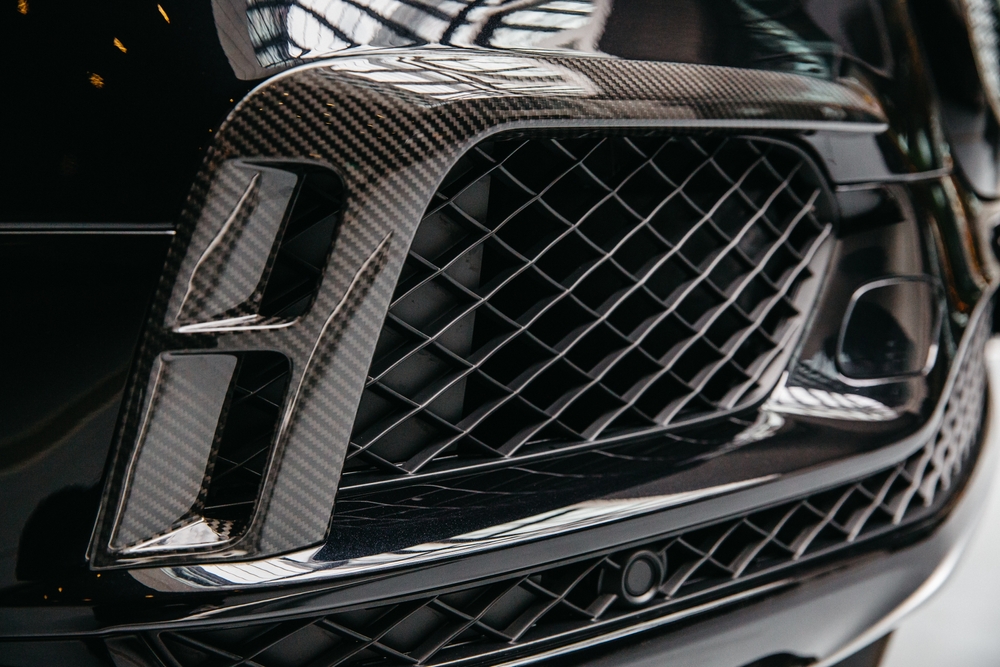
Reducing the weight of your car is one of the simplest yet most effective ways to improve performance. Removing unnecessary parts, replacing body panels with lighter materials like carbon fiber, or even changing to lighter wheels can have a significant impact. A lighter car accelerates faster, brakes more efficiently, and handles better because less mass needs to be controlled. Weight reduction also improves fuel efficiency and reduces strain on other performance components, making your car not only faster but more agile and responsive.
Upgrading Tires
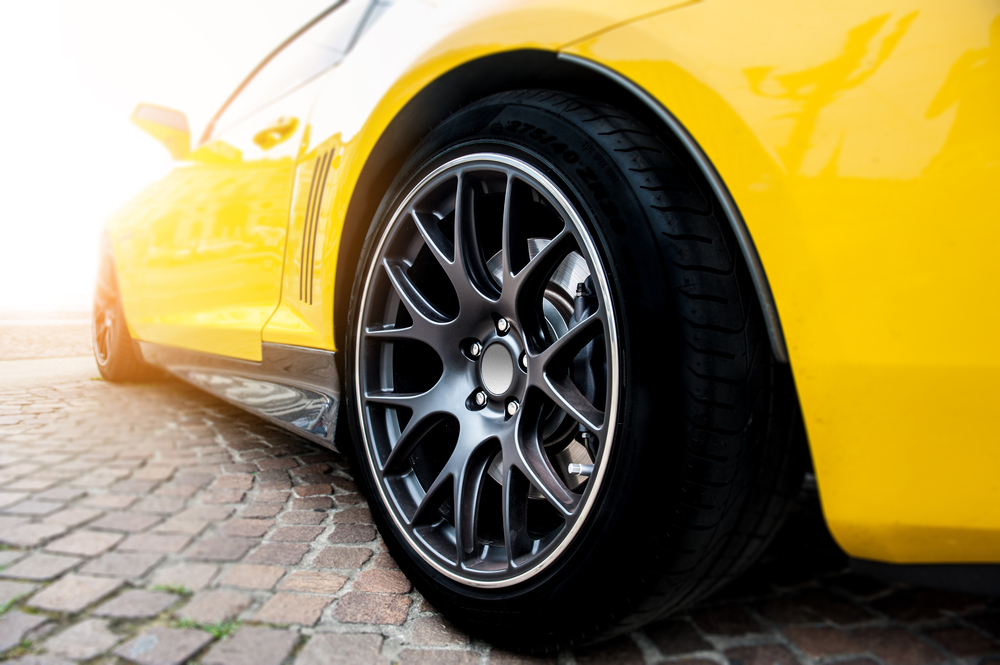
Tires are one of the most critical yet often overlooked components in car performance. Performance tires are designed with special compounds and tread patterns to maximize grip and responsiveness in both dry and wet conditions. Upgrading to a high-performance tire enhances traction during acceleration and improves handling and cornering stability. The right tires can also reduce braking distances and provide better control during high-speed maneuvers. By choosing tires that suit your driving style and conditions, you ensure that all other performance upgrades are fully utilized, as tires are the only part of the car that contacts the road.
Advanced Engine Tuning and ECU Remapping
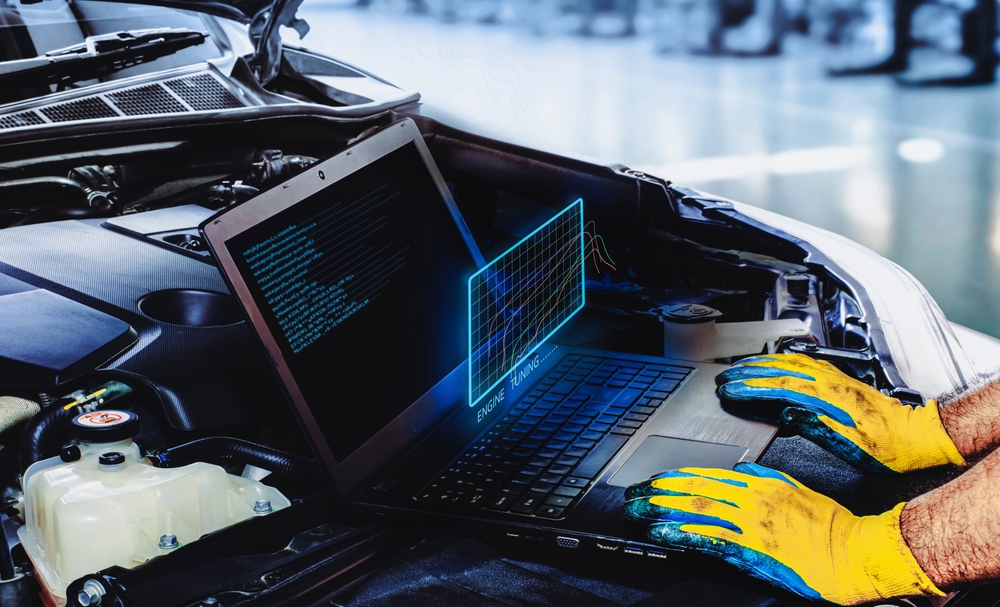
ECU (Engine Control Unit) remapping involves altering the software that controls engine parameters such as fuel injection, timing, and air intake. Advanced engine tuning allows you to customize your vehicle’s performance to your specific needs, whether you want more power, better fuel efficiency, or a balance of both. Tuning the ECU optimizes your car’s performance based on the upgrades you’ve installed, ensuring that everything works together harmoniously. Remapping the ECU can unlock hidden potential in your car’s engine, providing a smoother throttle response and an overall enhanced driving experience.
Differential Upgrades
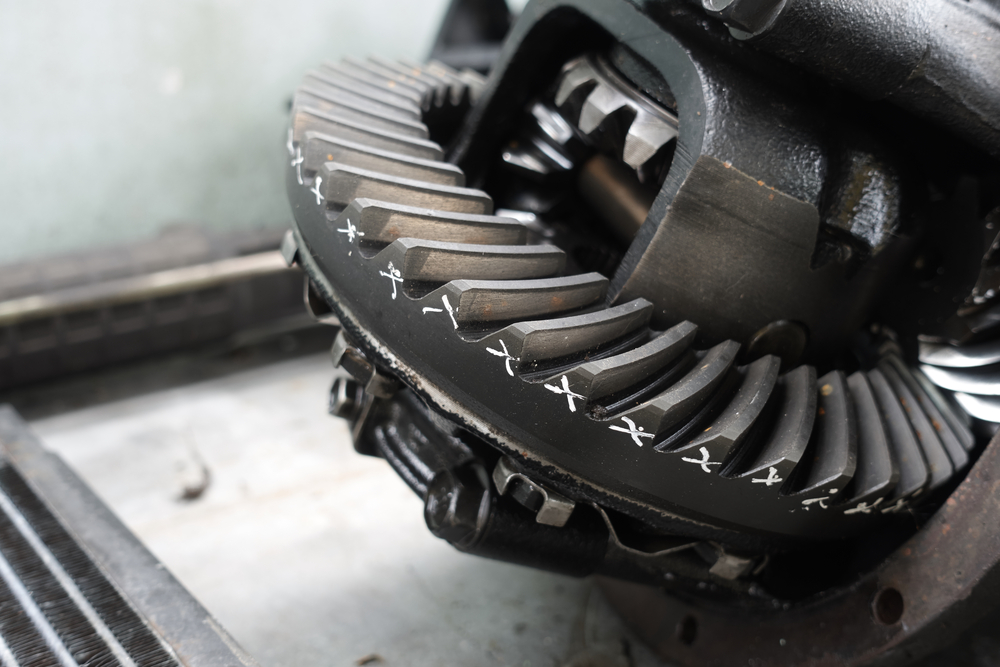
Upgrading the differential can make a huge difference in how your car handles power distribution to the wheels. A limited-slip or locking differential ensures that power is evenly distributed between the wheels, preventing one wheel from spinning out when you’re accelerating or taking sharp corners. This upgrade enhances traction, allowing for quicker acceleration and better cornering performance. Differential upgrades are especially useful for performance cars that need better handling on both straightaways and tight corners, ensuring that the power you’re generating gets effectively transferred to the ground.
This article originally appeared on MyCarMakesNoise.
More from MyCarMakesNoise
17 Car Modifications That Can Actually Hurt Performance

Modifying your car can be exciting, but not all upgrades improve performance. In fact, some popular modifications can do more harm than good. Read More.
19 Underrated Sports Cars That Pack a Punch

When it comes to sports cars, big names like Ferrari and Porsche often steal the spotlight, but there’s a world of lesser-known gems that deliver just as much excitement. Read More.
20 Japanese SUVs Known for Their Off-Road Capabilities

If you’re looking for an SUV that can handle rugged terrain, Japanese automakers have a long history of producing reliable and capable off-road vehicles. From compact models to full-sized beasts, these SUVs are built to tackle challenging environments while still offering comfort and practicality. Read More.



